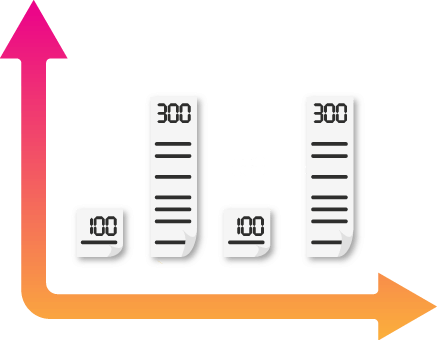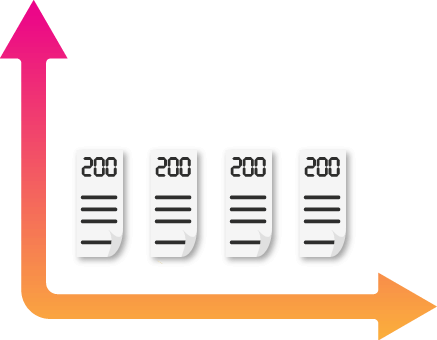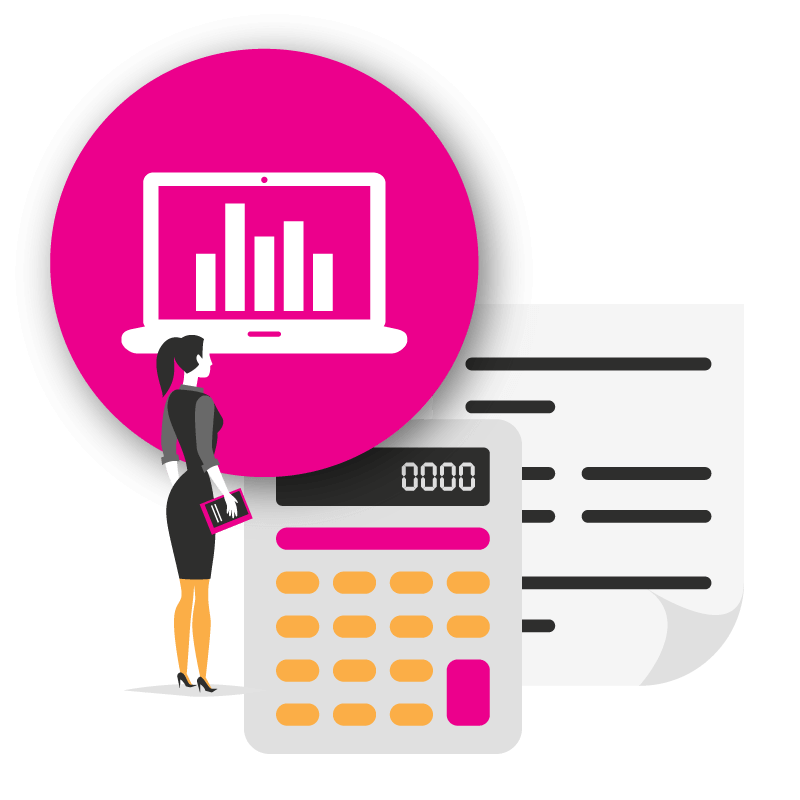Meters / Apportioning & Rate Changes
Guide to Electricity Meter Types
Smart, Basic, or Manual meter? Estimate, Reference, or Actual read? Rate Changes, Step Pricing & more…
Here’s some simple info to help you understand what goes into the meter read you see on your bill
| Comments | ||||
|---|---|---|---|---|
|
Basic Meter
|
A meter reader physically visits the site. The usage is based on the accumulation since the previous meter read. For example, if the previous read was 2000 and the new read was 2100. The usage is 100 units. |
Traditional and easy to understand way of metering. Easy to check the meter dial and ensure it aligns with your bill. |
There can be long periods between actual meter reads. Regular meter access required. More likely to rely on estimate bills between actual reads. Impossible to know the exact breakdown of usage on a day-by-day basis. You only know the start read, end read, and can calculate a daily average usage value from that. |
GloBird can only know your actual usage when we have received two actual reads from your local meter reader. We then know the daily average of usage based on actual data. We may need to issue a 'catch-up' or 'adjusted' bill if the actual read, we received was lower or higher than the estimate we used previously. |
|
Smart Meter (Read Manually) |
A meter reader physically visits the site. Detailed usage data (for each day in half hour increments) is downloaded from the meter. |
Access to a half hour data is eventually available so you can see a breakdown of exactly when you use power. Handy for tracking usage patterns. |
Long periods between actual meter reads. Regular meter access required. More likely rely on estimate bills. |
GloBird can only know your actual usage when we have received the usage file that was downloaded from your meter. |
|
Smart Meter (Remotely Read) |
The meter transmits the usage data (for each half hour). |
Access to a half hour data to see a breakdown of exactly when you use power. |
The most timely and accurate meter type with little reliance on estimates |
Remotely read smart meters transmit usage data daily making it easier for a retailer to bill customers based on their Actual (A) usage data, this means it’s unlikely we ever need to issue a catch-up or adjusted bill.
However as shown in the table above, not all meters are remotely read smart meters.
Most gas meters are manually read basic, some older electricity meters are too, and there are also a few manually read smart meters.
We can only know your Actual (A) usage when we have received actual data from your meter. In the months in-between we use Estimate (E) reads to calculate your bill. When your next Actual (A) bill is calculated, the previous Estimate (E) balance is taken into account so that in the end – you’ll have a correct account for your exact usage.
Example: Imagine the last series of monthly reads on your meter were 8100, 8200, 8300, 8400. That means you used 100 units every month for three months. Let’s imagine you pay $1 per unit. You should be billed for $100 each month. This equals $300 for all three months together. See the diagram below.
Even if an estimate is wrong, it gets adjusted on the next read. Imagine your third month’s read was overestimated incorrectly, and we used an estimate read (E) of 8350 (instead of 8300). You would have been billed like this: 100 units in month one, 150 units in month two , but only 50 units in month three. This still equals $300 for all three months together.
The previous examples assume you have a flat price per unit. However, what happens if your energy plan has step pricing or if there was a price change between the last two actual reads?
Example: Imagine the last series of monthly reads on your meter were 8100, 8150, 8200, 8400. That means you used 50 units in the first month, and 250 the two remaining months. Still a total of 300 units, but not evenly. Then imagine there was a price change, and you pay $1 per unit in month one, and $0.50 per unit in months two and three. You should be billed for 50 units at $1 = $50 plus 250 units at $0.50 = $125. A total of $175. See diagram below.
(E) means estimate, and (A) means actual.
This short video explains how your bill was calculated if it is based on an estimate.
GloBird’s My Account portal contains charts that plot estimates against actuals.
Click here for more information about how to read your bill. Please note: the bill you will see on this page is a sample for demonstration purposes only. It doesn’t include real values or calculations.
A "reference read" is a meter read that is not estimated by the retailer, it is usually provided by the independent distributor or the customer (self-read).
There are four important dates on your energy invoice:
The billing period will have two dates. Let's imagine your bill covers the period 1st June to the 30th of June, and the meter reads used for these two dates are both GloBird estimate reads.
For your reference GloBird will also display the two most recent reference reads. In this example, let's imagine there was an actual read from the distributor on the 15th April and again on the 15th of June.
In the past, we used to bill monthly monthly for electricity, but every two months for gas. This made budgeting difficult for customers, especially those who have both electricity and gas on one account.
For example, if you use $100 of electricity every month and $100 of gas every month, you received a bill like this:
| Month | Cost | Usage |
|---|---|---|
| January | $100 | One month electricity |
| February | $300 | One month electricity plus two months gas |
| March | $100 | One month electricity |
| April | $300 | One month electricity plus two months gas |

To help smooth out the billing for the months when we don't receive an actual gas meter read from your local distributor, we will use an estimate instead. This means you will receive a bill that looks more like this:
| Month | Cost | Usage |
|---|---|---|
| January | $200 | One month electricity plus one month gas |
| February | $200 | One month electricity plus one month gas |
| March | $200 | One month electricity plus one month gas |
| April | $200 | One month electricity plus one month gas |

As you can see the total cost is the same but means you will now receive, easier to manage bills.
Your local distributor reads your gas meter and provides us with the meter data every two months. In order to smooth things out we will estimate your gas read, and make the necessary adjustments the following month, so that you only pay for the energy you've used.
